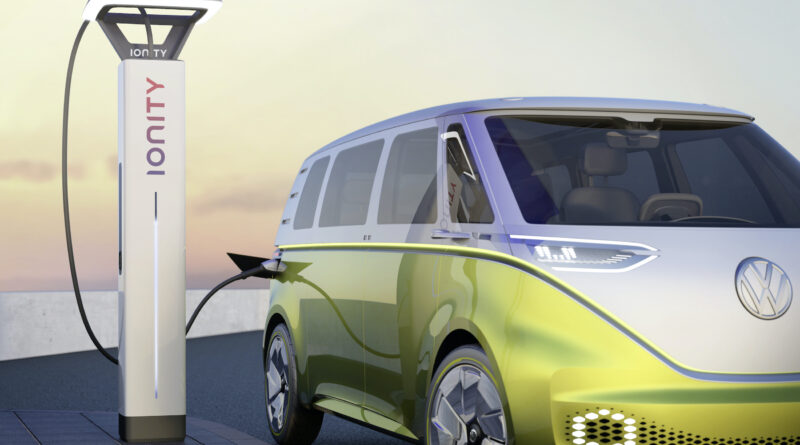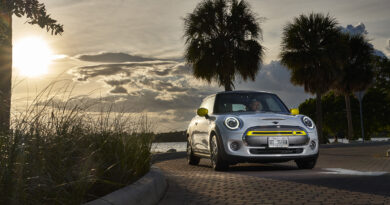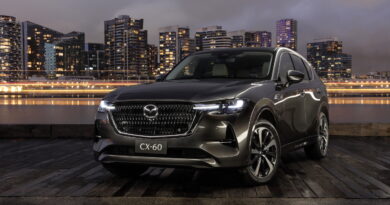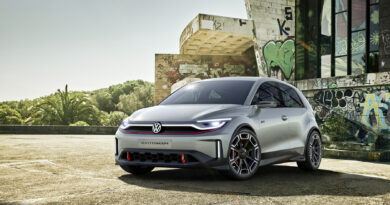VW speeds up EV pace, but Australia isn’t in the race…
At Volkswagen’s headquarters in Germany they’re hitting the accelerator on EV production, but when it comes to exporting them to Australia the brakes are on.
“We are stepping up the pace,” said VW chief executive Ralf Brandstätter as he recently outlined the company’s new strategy, titled Accelerate. “In the coming years, we will change Volkswagen as never before.”
Accelerate doubles Volkswagen’s previous EV target for Europe, to 70 percent of total sales by 2030. In both China and the USA, the target has been upped to 50 percent, in the same period.
But none of Volkswagen’s growing family of new EVs, including those already on sale in Europe since last year, are confirmed for launch in Australia.
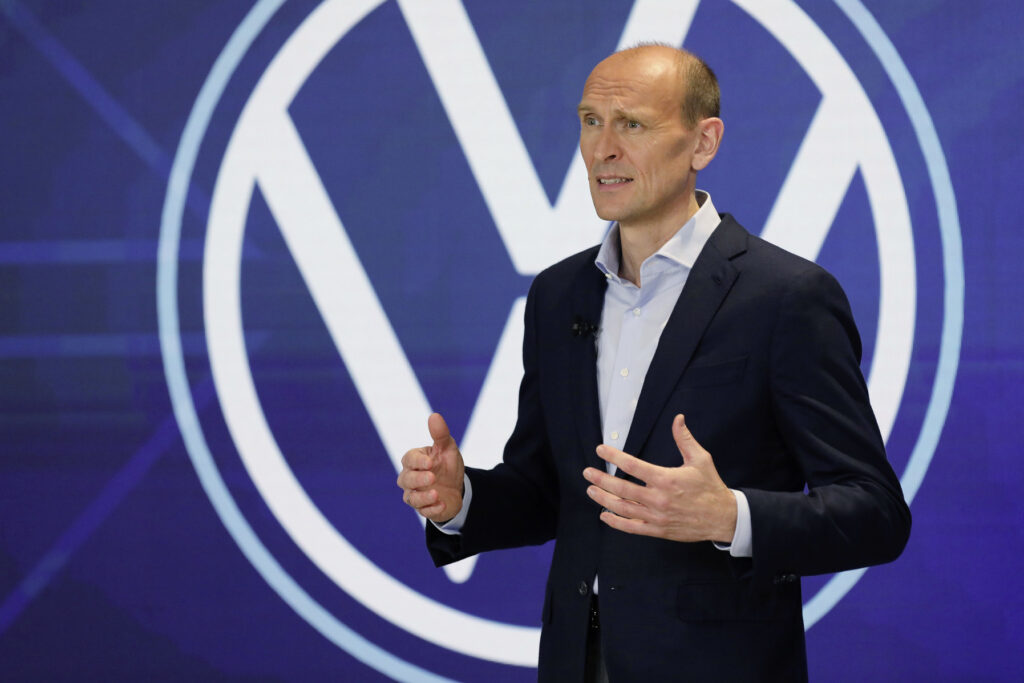
The problem is the lack of policies to create a market environment in which EVs can compete, according to Paul Pottinger, general manager of corporate communications at VW Australia.
Until the situation changes, Volkswagen will not rush to export EVs to Australia, he told EV Central. “It’s almost impossible to make a representation to the factory to be a priority market when there is not even an emissions target,” Pottinger said.
The first model from Volkswagen’s EV-only ID sub-brand was an instant hit in Europe. Even though deliveries of the ID.3 hatchback only began in September 2020, by the end of the year more than 56,000 had been delivered.
There’s never been a plan to bring the Golf-sized ID.3 to Australia.
The closely related ID.4 SUV, on the other hand, remains a possibility and is high on the wish list for Volkswagen Australia. But it would not arrive until 2023, at the earliest.
While Australia waits, the range of EVs from VW will grow quickly in Europe and other major markets.
The German giant will first add an all-wheel-drive GTX variant to the ID.4 line-up. It will be followed by a new coupe-style crossover called ID.5, similar in size to the ID.4.

Before the end of this year Volkswagen will also launch the ID.6, a seven-seat electric SUV specifically for the Chinese market.
Production versions of the ID Buzz and ID Space Vizzion concepts will follow in 2022. The first is a retro-style EV revival of the classic Kombi minibus, the other a large, sleek wagon known inside VW as the Aero B.
Thought VW has promised it will launch at least one new EV every year, it’s not yet discussing models it will launch in 2023 and beyond.
But chief exec Brandstätter said that Volkswagen’s plans to launch a smaller and more affordable EV have been pushed back two years.
The smaller-than-ID.3 model, likely to be called Volkswagen ID.1, will now arrive in 2025. It’s reported by credible sources that VW aims to price this EV from the equivalent of $30,000 in Europe. The closest Volkswagen got to confirming the imminent arrival of an ID.1 was in showing a projected timeline that included a “small BEV” arriving around 2026.
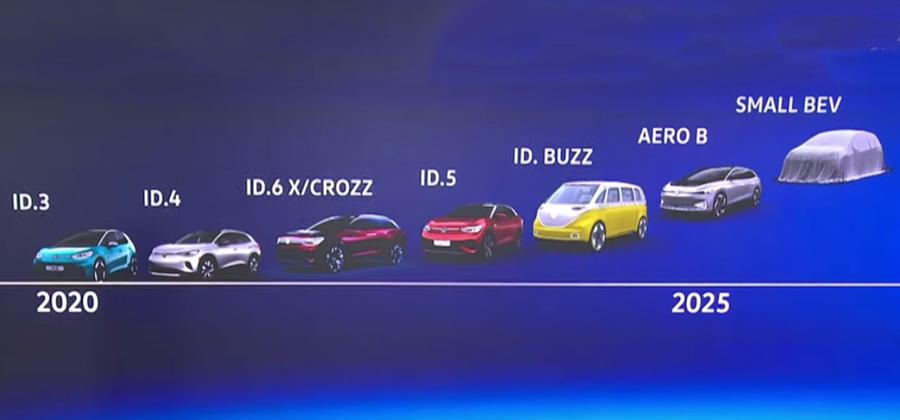
In 2026 Volkswagen will also launch the first of its next-generation EVs. Currently known as Trinity, the vehicle will be built on a new electric-only architecture it’s calling the Scalable Systems Platform.
Volkswagen intends this car to be a real game changer. Though certain to feature improved EV tech, Trinity also aims to profoundly change the car business.
Only a few basic versions will be manufactured, limiting customer choice but cutting production costs. But Trinity will provide plenty of choice for customers – and profit opportunities for VW – with software-based functions.
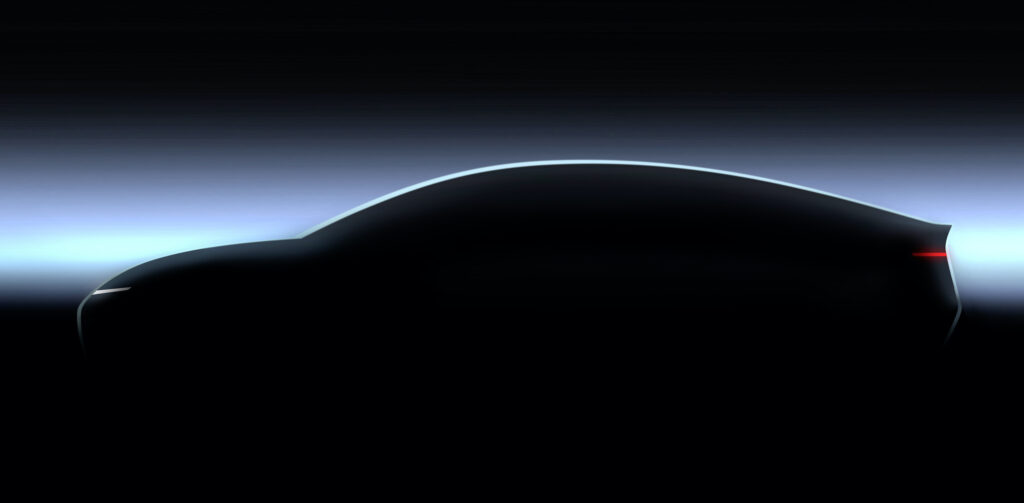
While VW strives to up the pace of EV production and evolution, it will begin to prune the range of internal-combustion powered vehicles it produces.
Brandstätter said the company will produce ICE-powered replacements for “the next generation of our core products”. There would definitely be successors to the current Golf, Tiguan, Passat, T-Roc and China-only Tayron, the executive promised.But he also made it clear VW would only bother with developing ICE-powered replacements for models with world-wide appeal. This leaves open the question of whether some of the most popular VWs in Australia today, like the Amarok ute and Touareg SUV, have a long-term future.

